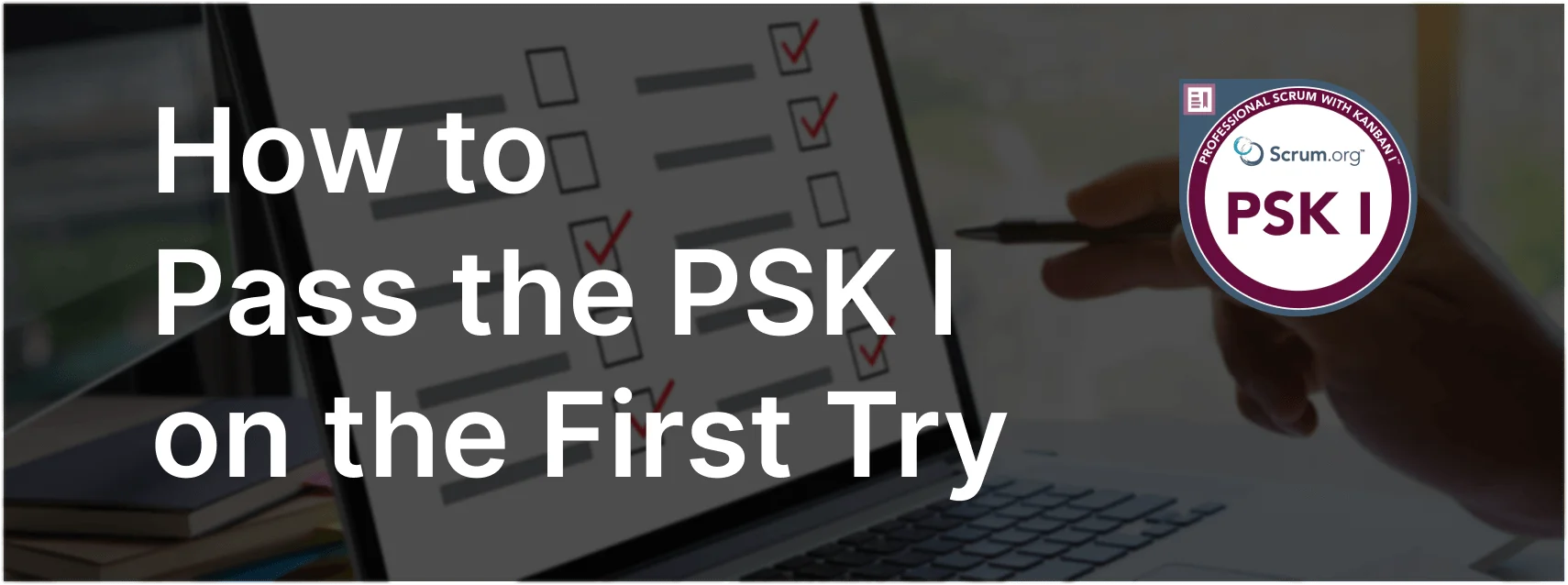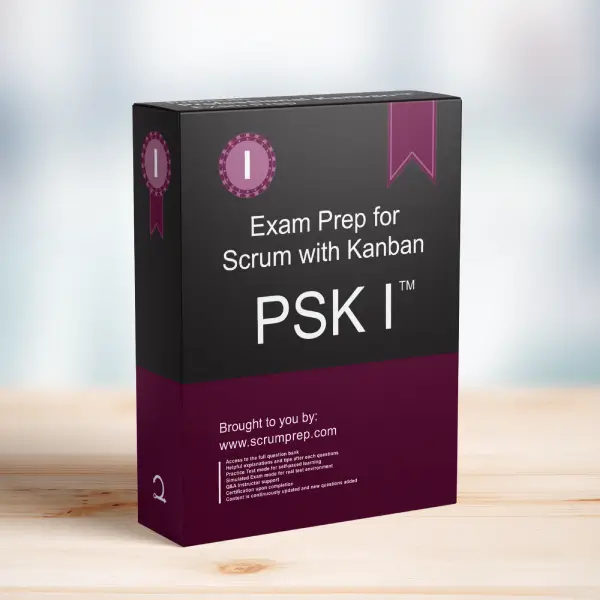Work In Progress (WIP) Limits and Tasks in Scrum
Understanding how WIP limits apply to tasks in the context of Scrum is essential for managing workflow and ensuring team efficiency.
Exam Question
True or False: If a Scrum Team uses tasks, then their WIP limits should primarily apply to tasks in the Sprint Backlog.
A. True
B. False
Correct Answer
B. False
Explanation
Correct Answer
B. False:
WIP limits in Scrum with Kanban should apply to the entire flow of work items rather than focusing only on tasks within the Sprint Backlog. WIP limits are designed to manage the flow of larger work items, such as Product Backlog Items (PBIs), through the entire system. By applying WIP limits to the broader work items, the team can ensure a balanced workflow and prevent bottlenecks at any stage of the process.
Importance of WIP Limits
- Flow Management: WIP limits help manage the flow of work through the system, ensuring that the team does not take on too much work at once and can maintain a steady pace.
- Preventing Bottlenecks: By limiting the number of work items in progress, the team can prevent bottlenecks and ensure that work items move smoothly from start to finish.
- Focus on Value: WIP limits encourage the team to focus on completing valuable work items rather than spreading effort across too many tasks.
Why Applying WIP Limits to Tasks is Less Effective
Task-Level Focus: Applying WIP limits to tasks rather than larger work items can lead to micro-management and distract the team from focusing on completing meaningful increments of work.
Increased Complexity: Managing WIP limits at the task level can add unnecessary complexity to the workflow, making it harder to track overall progress and maintain a balanced flow.
Holistic Approach: WIP limits should be applied to the entire workflow, from the Product Backlog to the final delivery, ensuring that the team maintains a holistic view of their work and progress.
Effective Practices for Using WIP Limits
- Set WIP Limits for Larger Work Items: Focus on setting WIP limits for Product Backlog Items or similar larger work units rather than individual tasks.
- Monitor Workflow: Regularly monitor the flow of work items through the system to identify and address any bottlenecks or inefficiencies.
- Adjust WIP Limits: Be prepared to adjust WIP limits based on the team’s capacity and the complexity of the work to maintain an optimal flow.
Relevance to the PSK I Exam
Understanding the appropriate application of WIP limits is crucial for the PSK I exam. It demonstrates knowledge of effective workflow management and the principles of Kanban in a Scrum environment.
Key Takeaways
- WIP limits should apply to larger work items, such as Product Backlog Items, rather than individual tasks within the Sprint Backlog.
- Applying WIP limits to the entire workflow helps manage the flow of work, prevent bottlenecks, and maintain a steady pace.
- Focusing on larger work items ensures that the team maintains a holistic view of their progress and delivers meaningful increments of work.
Conclusion
WIP limits should apply to the flow of larger work items rather than individual tasks in the Sprint Backlog. This approach helps manage workflow, prevent bottlenecks, and ensure a balanced and steady pace of work. For more information on preparing for the PSK I exam, visit our Professional Kanban PSK I™ Exam Prep.



